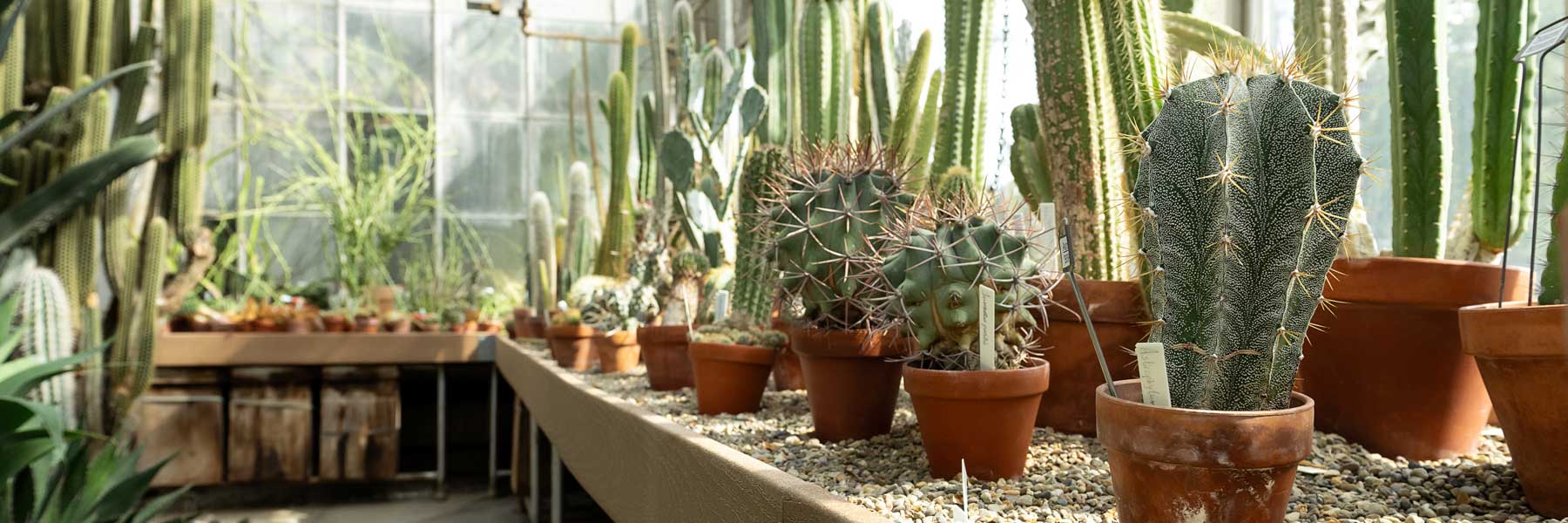No matter what your field of study, you’ll have access to a full complement of facilities and equipment to pursue your research and creative activity at Indiana University and in the College of Arts and Sciences—from labs and libraries to archives and galleries.
Facilities that foster exploration and creation
Where ideas take root and blossom
With 235+ labs in the natural sciences, the College is well equipped to support scientific research in a wide range of disciplines. Simon Hall is a six-story, 141,000-square-foot building designed to foster interdisciplinary collaboration in the sciences. It houses more than 220 researchers from different scientific disciplines, including biology, chemistry, cognitive science, and physics.
The Biology Building Greenhouse includes a wide variety of plants from around the world—including spectacular rainforest, desert, and insectivorous plants. The Kirkwood Observatory allows for the public use of our 12-inch refracting telescope and solar telescope.
Where past meets present
The facilities for research in the social and historical sciences at Indiana University Bloomington include museums, archives, labs, and more. The Social Science Research Commons is the hub of social science research, designed to promote research collaborations among social scientists on campus. Located in Woodburn Hall, its facilities include meeting space, the Interdisciplinary Experimental Laboratory, and the Qualitative Data Analysis Laboratory
With collections that include more than 30,000 objects and over 10,000 photographs representing cultures from around the globe, IU's Museum of Archaeology and Anthropology is dedicated to preserving and sharing the world’s cultural heritage. The Glenn A. Black Laboratory of Archaeology is home to archaeological, ethnohistory, image, and library and archival collections that focus on Indiana’s archaeological and cultural heritage.
Where creativity takes center stage
The Lee Norvelle Theatre and Drama Center is the hub of the dramatic arts at IU Bloomington. Its performance spaces include the Ruth N. Halls Theatre, the Wells-Metz Theatre, and the Studio Theatre. It also is home to a number of teaching and production spaces, including a 100-seat lecture hall and acting, directing, and design studios.
The Grunwald Gallery of Art, which displays work by student, faculty, and professional artists, is a visual art laboratory that fosters interaction between artists and the public. The Fine Arts Library has a collection of more than 130,000 books on art history, architecture, design, fashion, and the visual arts, and the Visual Resource Center has over 350,000 slides covering all areas and periods of art.


